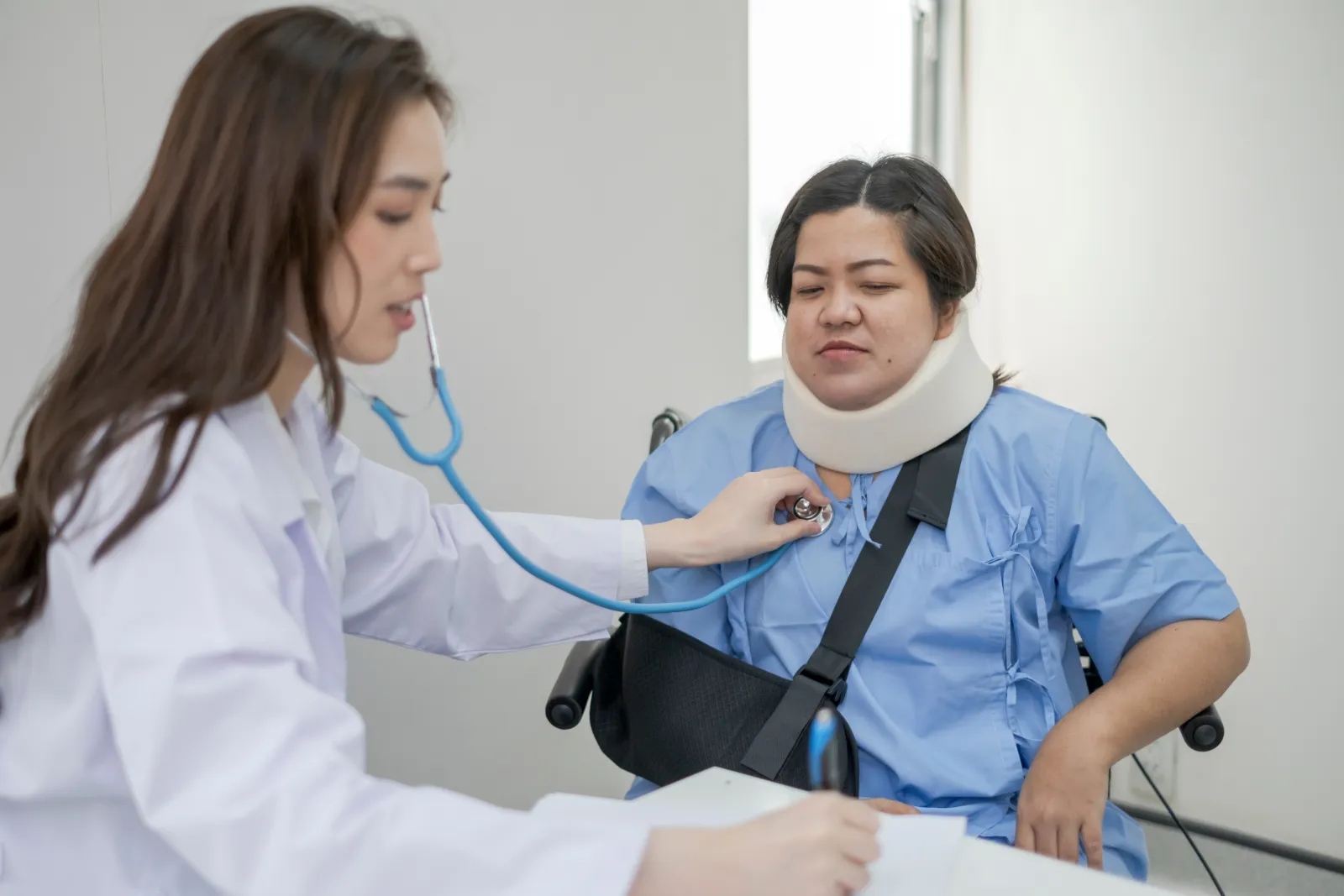
At Orthopaedic Specialists of Austin, we provide state-of-the-art spine surgery that relieves pain and changes lives for the better. Sometimes the answer to treatment is the use of a neck or back brace, which can be used on its own or as part of the surgical process.
Patients often ask us about the use of braces, so we'd like to cover some of the basics regarding braces, their purpose, and what types of braces may be used.
The Purpose of a Back or Neck Brace
Back and neck braces are worn in order to alleviate pain and to stabilize a weak or sore portion of the spine. In essence, a back or neck brace accomplishes three things:
- Restrict spinal movement to reduce pain
- Stabilizes an injured portion of the spine
- Allows the spine to heal properly while immobile
Neck braces are more common than back braces, but both may be worn when circumstances warrant them.
When a Back or Neck Brace May Be Necessary
Back and neck braces may be used when a person has suffered a serious injury or when they are recovering from a spinal surgery. In addition, braces may be provided as a non-surgical treatment for certain kinds of spinal deformities, such as scoliosis and kyphosis (hunched back).
You will receive ample information on the kind of back brace you should wear as well as instructions on properly wearing said brace during the consultation process.
Types of Neck Braces
Some common kinds of neck braces include the following:
-
Soft Collar - This soft neck brace is much like a hard neck brace, but is not as rigid. It's typically the last sort of brace one would wear before their neck is fully healed.
-
Philadelphia Collar - A type of rigid/hard collar, this neck braces typically consists of two pieces (a front and a back) that are joined together with velcro.
-
Sterno-Occipital Mandibular Immobilization Device (SOMI) - A rigid neck collar, this kind of brace helps keep the neck in straight alignment with your spine. This sort of alignment and immobility promotes faster healing.
-
Halo - The most rigid of all the neck braces, the halo will prevent the neck and head from moving. This is typically necessary for major surgeries on the cervical spine.
Types of Back Braces
Some common kinds of back braces include the following:
-
Sacroiliac and Lumbosacral Belts - Belts of this type are worn to help stabilize a person's lower back. Compression around the lower back helps keep the spine stable.
-
Trochanteric Belts - Worn around the pelvis, this kind of back brace is worn to address pelvic fractures and sacroiliac joint pain.
-
Corsets - Different kinds of cerset braces can be worn to provide a general level of stability for the back. These types of corsets typically extend up from the buttocks to part of the back, with the top portion held in place with shoulder straps.
-
Hyperextension Braces - Hyperextension braces minimize excessive bending. They're commonly worn after compression fractures in the lower and middle parts of the spine.
-
Molded Jackets - Molded jackets are braces that are designed to stabilize the patient's spine from the neck to the hips.
-
Chair-Back Brace - This kind of brace is ideal for immobilizing the lumbar region of the spine and protecting the lower back.
Contact Orthopaedic Specialists of Austin
For more information about neck and back braces and how non-surgical treatments can be used to address pain and other health problems, be sure to contact our team neck, back, and spine specialists today. The team at Orthopaedic Specialists of Austin look forward to your visit and discussing these matters in greater detail.
